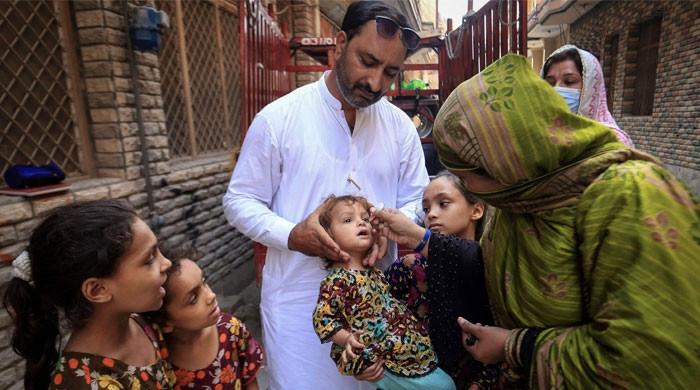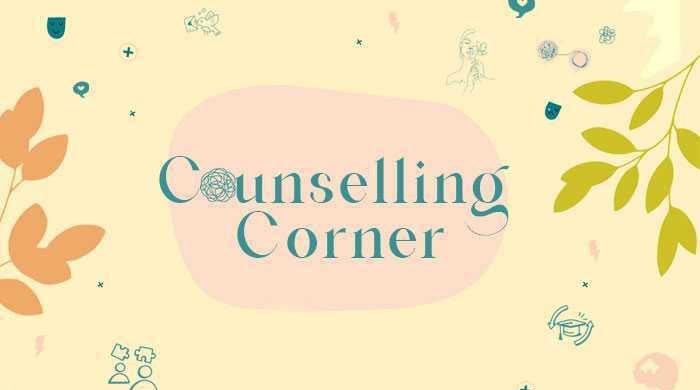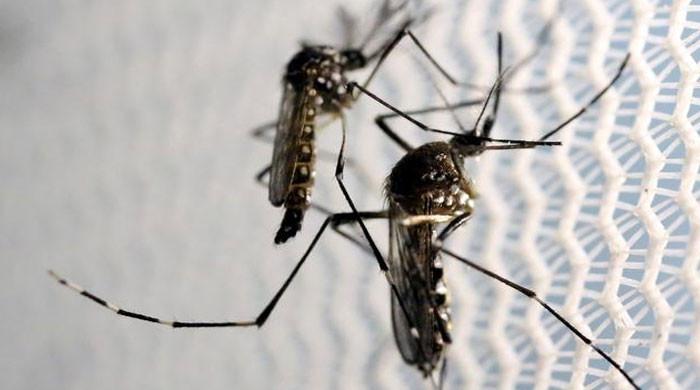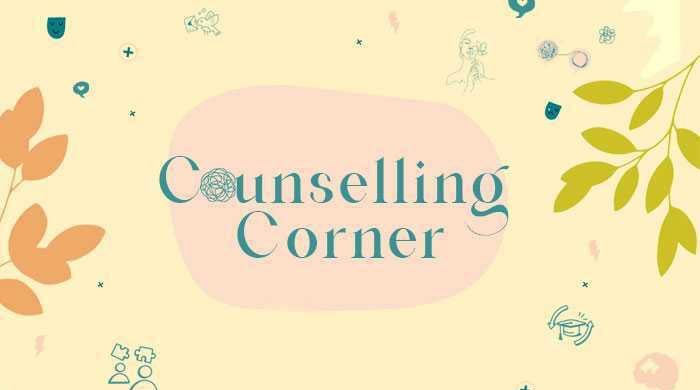The weird fear of holes: All we know about trypophobia
While it sounds bizarre at first, the fear of cluster of holes is fairly common
December 17, 2022
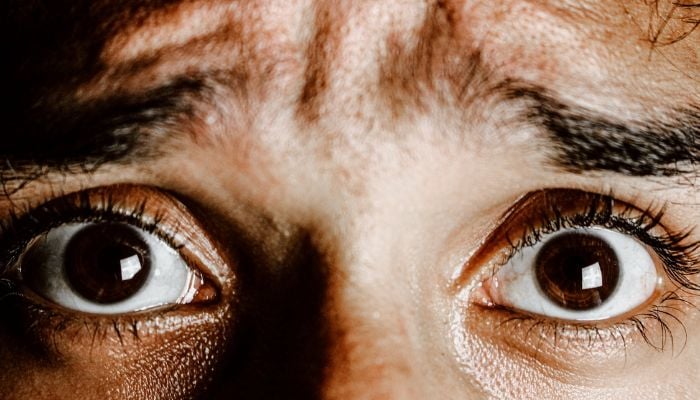
If looking at a collection of holes, like in a honeycomb or soap bubbles, sends jitters down your spine, you might be suffering from trypophobia — an actual, recognised fear of holes.
While it sounds bizarre at first, the phobia is fairly common. Cleveland Clinic reports that about one in six people in the US suffers from this fear. Recognised in 2005, the data on the prevalence of this disorder and studies on its causes are limited for now.
Despite many people reporting feeling horribly anxious at the sight of things like sponges and sunflowers, the American Psychological Association has not recognised it as a disorder in its Diagnostic and Statistical Manual of Mental Illnesses.
“Trypophobia usually involves an intense and disproportionate fear towards holes, repetitive patterns, protrusions, etc., and, in general, images that present high-contrast energy at low and midrange spatial frequencies,” a 2018 study published in APA said.
Experts suggest that what many people experience is not actually fear but disgust.
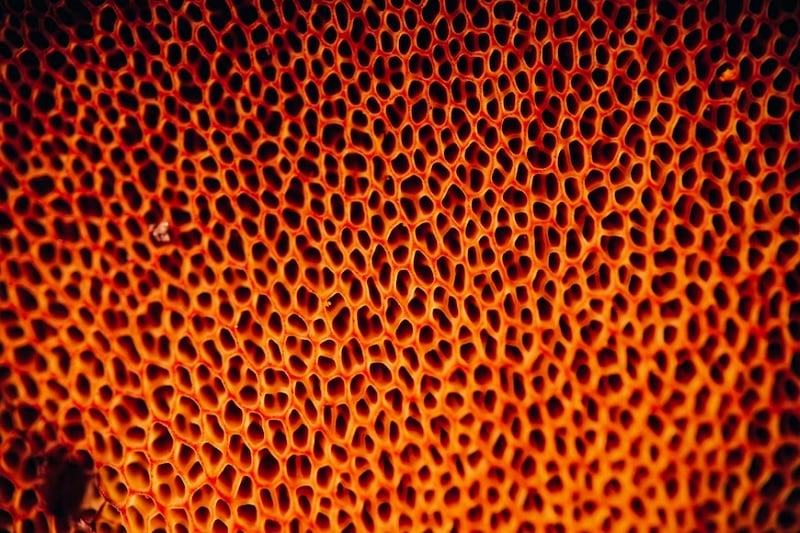
“[I] can’t really face small, irregularly or asymmetrically placed holes, they make me like, throw up in my mouth, cry a little bit, and shake all over, deeply,” one trypophobe involved in a 2013 study published in journal Psychological Science said.
According to Google Trends, the term "trypophobia" started to slowly gain popularity online in 2009, but didn't really take off until 2012.
Symptoms of trypophobia
Trypophobia symptoms can cause notable distress. Following are some of the ways the aversion may present itself:
- skin crawling
- feelings of disgust, fear, or discomfort
- sweating
- nausea
- goosebumps
- skin itching
- panic attacks
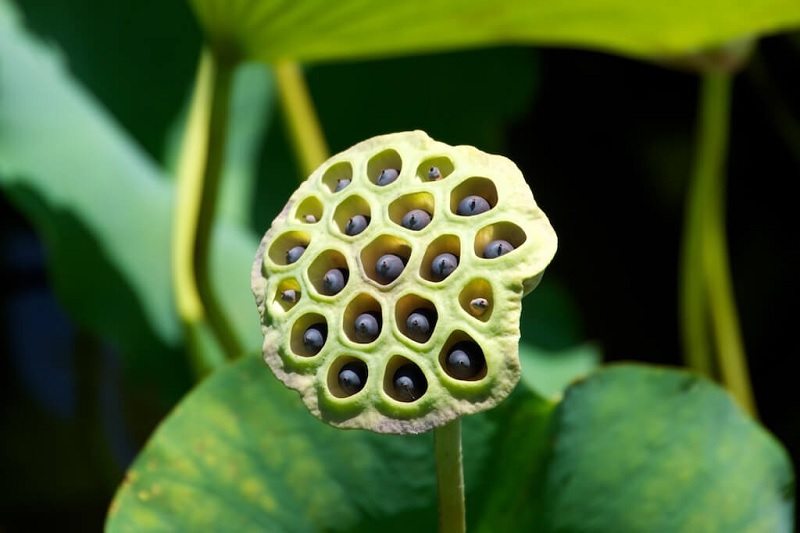
Why does fear of holes happen?
The 2013 study authors suggested that the reason behind this weird phobia could have an evolutionary explanation.
The survival theory is based on the idea that humans have been selected based on Darwinian principles for their capacity to recognise poisonous organisms. Although throwing up in your mouth or stabbing your eyes out may not be the most effective reactions when confronted with a poisonous animal today, trypophobes may nonetheless be onto something.
Generally, the cause of trypophobia is unclear. It could be genetics as well as the result of some trauma. Some scientists believe it might be due to learned behaviours in childhood.
In one of the cases psychologists studied, the trypophobe also had general anxiety disorder (GAD), suggesting that it might be common in people who already have anxiety disorders. The most common comorbid diagnoses among people with trypophobia are MDD and GAD.
The majority of research that has looked into visual discomfort has included migraine or epilepsy sufferers. This is due to the fact that individuals with these diseases frequently struggle to see particular patterns, such as striped images, cluster images, or text lines.
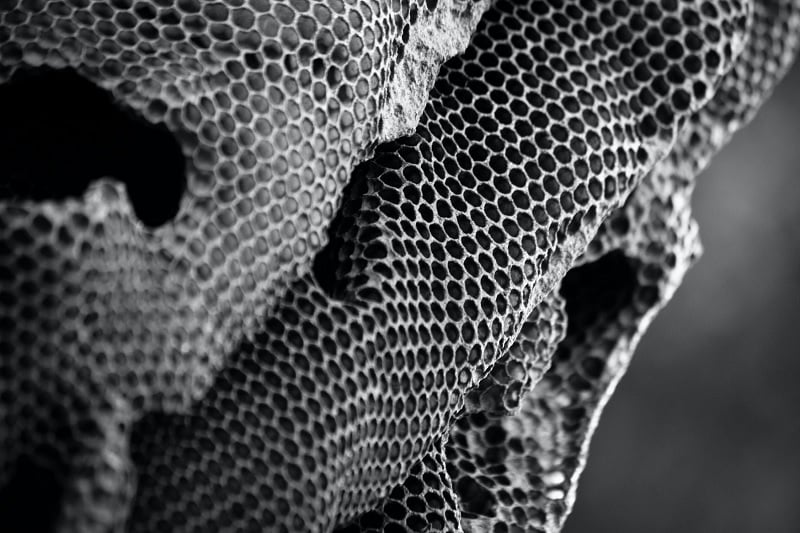
A study found that trypophobes are likely to be more sensitive to disgust and visual discomfort as well as experience greater levels of personal misery. Those high in empathic traits are also more prone to this fear.
Risk factors for trypophobia
Trypophobia was found in more women than men. Other studies have shown the presence of other anxiety disorders along with trypophobia. People scared of hole patterns, therefore, could also have:
- Social anxiety
- Major depressive disorder
- Obsessive-compulsive disorder
- Generalised anxiety disorder
How will I get diagnosed with trypophobia?
To add a condition to a list of disorders, psychologists usually see if these four things are present: deviation, distress, dysfunction, and danger (to themselves or others). Since trypophobia is not recognised officially as a disorder yet, a mental health practitioner might look at general symptoms.
According to Medical News Today, the practitioner could conduct a trypophobia test which includes showing images both with and without clusters of holes. They compare the time you were able to spend watching each type of picture. This is the type of test that a person can do on their own as well.
A ratio greater than two can be a sign of trypophobia, experts believe. You might want to discuss the test results and your negative responses to abnormal patterns with a professional.
Trypophobia treatment
Exposure therapy may be of help if trypophobia prevents you from participating in certain activities or enjoying life in general.
In order to help you control your reactions, this therapy gradually exposes you to trypophobia stimuli. Most patients who get talk therapy succeed in overcoming phobic disorders. Exposure therapy develops acceptance in anxious patients and gradually makes them confident in the face of fears.
You may also benefit from Cognitive Behavioural Therapy (CBT). CBT helps you work through any negative or distorted belief patterns. This may be particularly helpful if previous trauma or a bad experience led to the fear.
Celebrities with trypophobia
One thing that sometimes helps people at least validate their fears, if not let go of them, is when famous people experience the same things.

The most prominent celebrity to experience trypophobia is supermodel Kendall Jenner. Jenner shared in an interview that she was terribly scared of holes and it was hard for her to even talk about it.
If the fear causes disturbance in your daily life, it is important you consult an experienced mental health practitioner and undergo relevant treatment.




